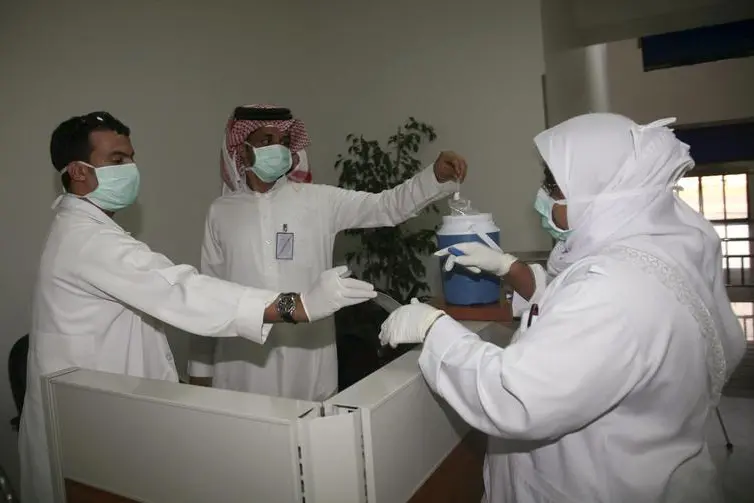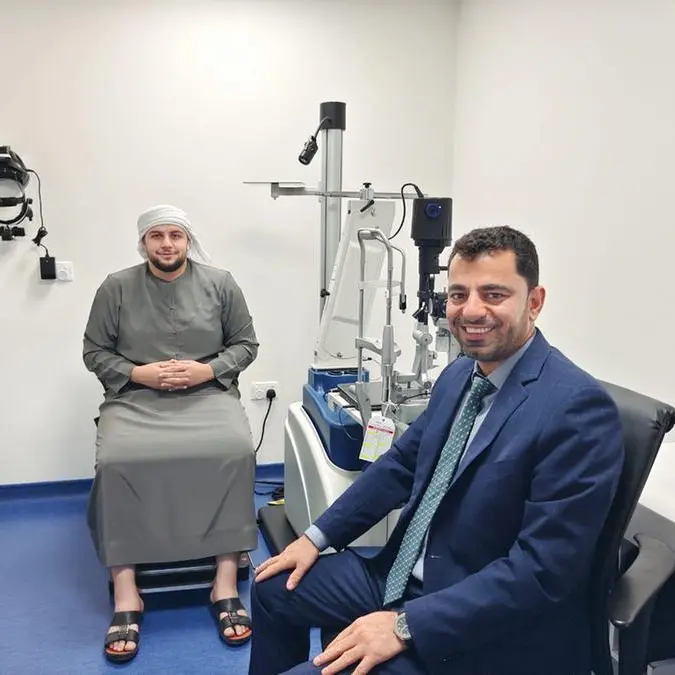PHOTO
Rising consumer demand and an increased role for the private sector look set to drive expansion and open new doors for investors in Saudi Arabia's health care industry.
In its “2016 Global Medical Trend Rates” report, US-based consultancy Aon Hewitt predicts the Kingdom’s health care sector will grow at a compound annual growth rate of 12.3% through to 2020, reaching a value of $71.2bn. Last year the average net “trend rate” for the industry in Saudi Arabia rose by 9.5%, according to Aon, well above the MENA average of 5.3%.
A strategy report released in December by Saudi brokerage firm Al Rajhi Capital likewise says that improved liquidity and a government commitment to expand the private sector’s role in the economy should see higher levels of investment in health care in the coming year.
“The health care sector in Saudi Arabia can count on the right enabling environment and resources to start enacting key reforms to the entire sector’s model,” Dr Haitham Alfalah, CEO of King Saud Medical City, told OBG.
In the pipeline
According to a report issued in December by Dubai-based investment management firm Al Masah Capital, out of roughly 150 major health care infrastructure projects listed for completion by 2021 across the GCC, some 87 are located in Saudi Arabia, accounting for some 47% of the regional total of $42bn.
Among these projects are plans to build several “medical cities” in the Kingdom at a total cost of $4.3bn. The largest will be the $1.2bn King Abdullah Medical City in Dammam, which will span more than 700,000 sq metres and house a 1500-bed facility. A second, the $1bn King Abdullah Medical City in Makkah Province, will contain three hospitals and 10 medical centres, with a total of 1500 beds, while a third, the $1.1bn King Faisal Medical City in Abha in the south, is to open in 2021 and include a 500-bed main hospital alongside five specialty hospitals, for a total bed count of 1350.
Healthy vision
These projects are part of Vision 2030, the government’s long-term blueprint for economic and social development, which – alongside the accompanying medium-term plan, the National Transformation Program (NTP) launched last year – calls for a major overhaul of the health sector in the coming years.
Among the measures outlined to achieve this will be improved access to health facilities and greater transparency through increased adoption of technology. According to the plan, 70% of the Saudi population will have a unified digital medical record by 2020.
Vision 2030 is backed by significant fiscal resources. Out of total allocations of SR890bn ($237.3bn) in the 2017 budget, released at the end of last year, health and “social development” account for SR120bn ($32bn), an increase of 15% on the previous year.
Much of this spending is aimed at boosting infrastructure, including plans for 38 new health centres with a total of 9100 hospital beds. This comes on top of 23 new hospitals and 4250 beds that were added last year.
The plan also calls for a shift in the state’s role in the sector. Though it will maintain some degree of involvement in providing health services, in future the public sector will focus more on planning, regulatory and supervisory functions.
Under the blueprint, the private sector share in the health care industry is forecast to rise by 10 percentage points to 35% by 2020, pushing total revenue generated by the private sector up from a baseline of SR300m ($80m) to reach SR4bn ($1bn).
Taking the sector’s pulse
A fast-growing population and high incidence of lifestyle-related illnesses such as diabetes and obesity in the Kingdom are expected to be the main drivers of new demand for quality health care in the medium to long term.
“The health care market is so big that there is great room for it to accommodate several other private sector players before it becomes saturated,” Osman Minkara, managing director of Aldara Hospital and Medical Centre, told OBG.
The Kingdom’s sizeable health care sector has proved resilient in the wake of the global economic downturn, and opportunities in niche segments are growing, according to Riyadh Bajodah, CEO of health care IT solutions provider Waseel.
“Health care will always be in demand independently from the broader economic picture,” he told OBG. “IT systems for health insurance claims are even less volatile given that their demand is based on the number of insured people rather than the size of transactions. The former can only increase as the public becomes more aware of the benefits of insurance.”
© Oxford Business Group 2017












